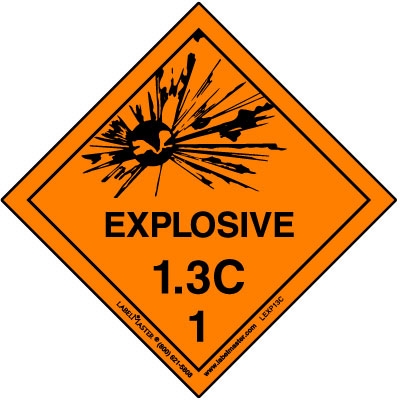In the September 24th 2014 edition of the US Federal Register, the United States Department of Transportation’s (USDOT) Pipeline & Hazardous Materials Safety Administration (PHMSA) published two clarifications of their fireworks policies under Docket #’s PHMSA-2013-0205; Notice No. 14-4 and 14-5 in which the agency sets forth acceptable criteria for defining for classification purposes both Display Mines and Display Aerial Shells with attachments.
Among other things, the new clarifications specify that such items may be submitted to PHMSA for approval if they conform to the criteria listed in the guidance section of the clarifications as well as complying with the relevant requirements of the APA 87-1 standard for pyrotechnics. Here is a link to that document (this link is provided by the State of Maine):
http://www.maine.gov/dps/fmo/fireworks/documents/APAStandard.pdf
The notices themselves go on to define more clearly what constitutes Display Mines and Display Shells. A mine is defined as:
“a cylindrical or spherical cartridge that contains a bursting charge and does not contain a primary burst charge or a main delay fuse. Internal effects (e.g. crossettes or small display shells) are permitted to contain a burst charge and an internal delay fuse. The internal effects are launched from a tube by the propelling charge. Display mines range from 2 inches (50mm) to 10 inches (250mm) in exterior diameter and are classed as UN0335, Fireworks, Division 1.3G.”
Need DOT Hazard Class Labels? Check out our selection today!
While a shell is defined as:
“cylindrical or spherical cartridges containing pyrotechnic compositions with attached external components. An attachment is a component that contains pyrotechnic composition that is attached to the outside of a Display Aerial Shell, and may be ignited by its own independent fuse. Display Aerial Sheels with attachments range from 2 inches (50mm) to 10 inches (250mm) in exterior diameter and are classed as UN0335, Fireworks, Division 1.3G.”
Both items are required to meet a variety of specifications present in the HMR, including 49 CFR 173.54(c) prohibition against leakage, 49 CFR 173.56(b) and 173.64 design requirements, and 49 CFR 173.64(a)(2) thermal stability requirements—these all in addition to the specifications promulgated in the APA Standard 87-1 guidance, here incorporated by reference. A small typo appears in 14-4, in which the clarification mistakenly references “40 CFR 173.56(b)” vice the correct “49 CFR 173.56(b).” Doubtless an appropriate correction will be issued forthwith. Here are links to the new clarifications:
http://www.gpo.gov/fdsys/pkg/FR-2014-09-24/pdf/2014-22706.pdf
http://www.gpo.gov/fdsys/pkg/FR-2014-09-24/pdf/2014-22705.pdf
Labelmaster is a full service provider of goods and services for the Hazardous Materials and Dangerous Goods professional, shippers, transport operators, and EH&S providers. See our full line of solutions at www.labelmaster.com.



